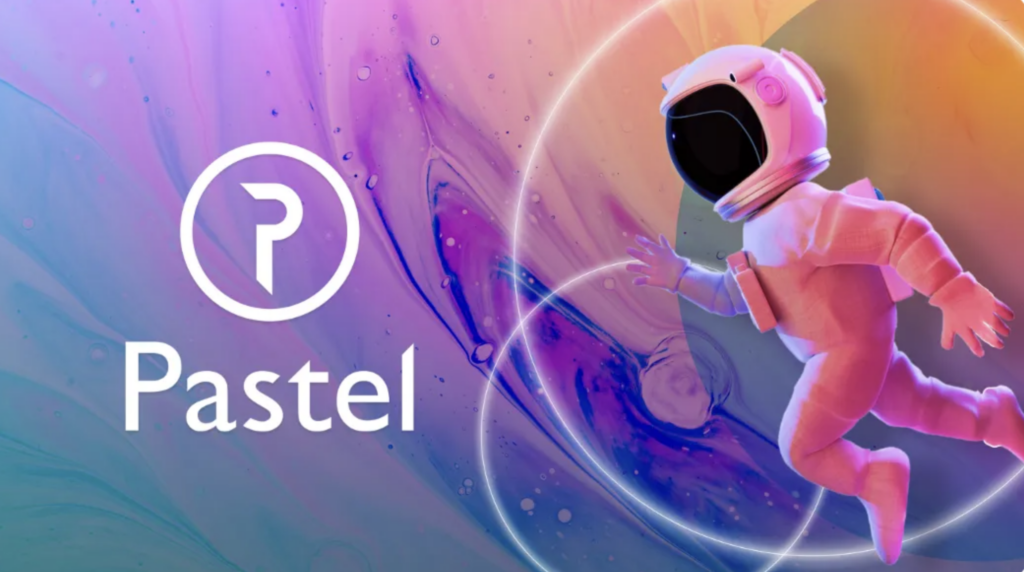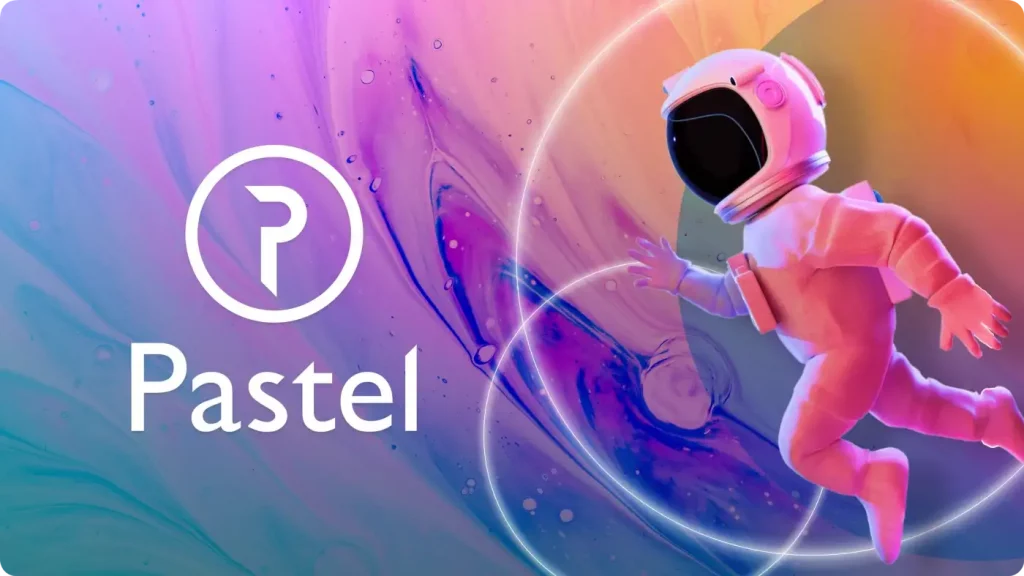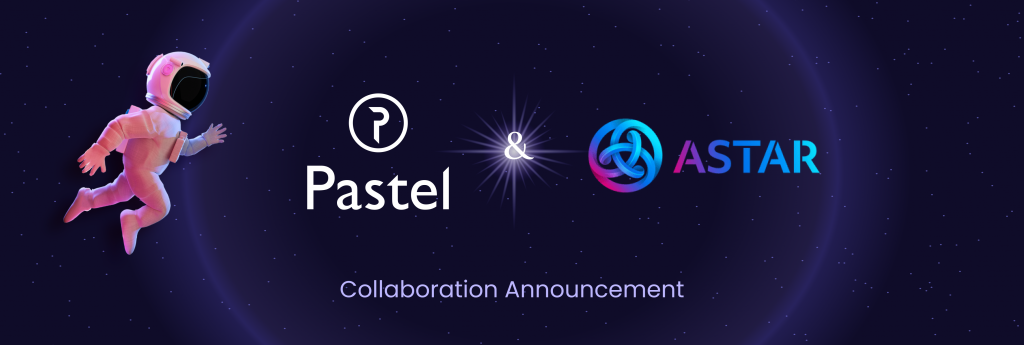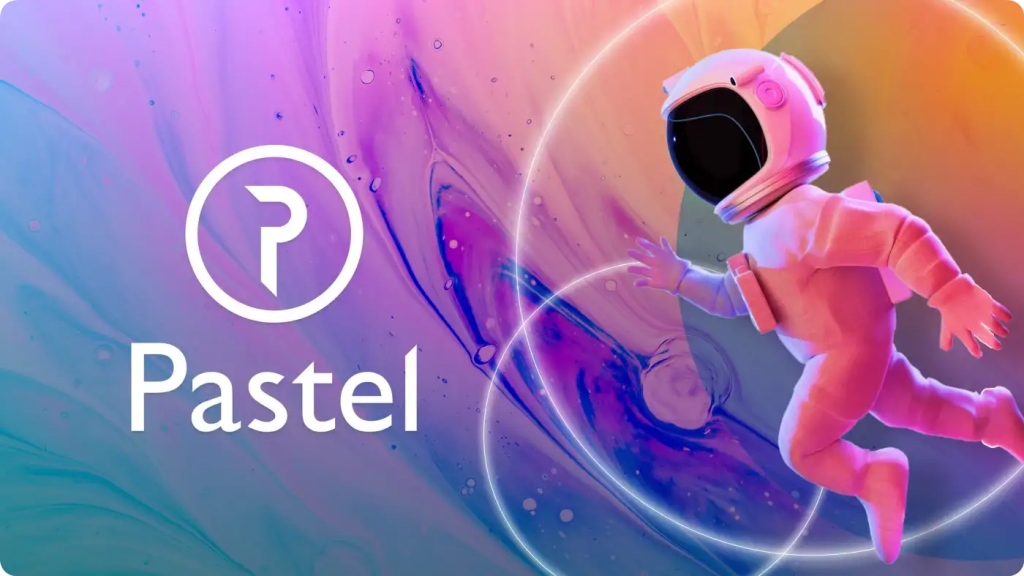Pastel News
2023 in Review & What’s to Come in 2024
In 2023, Pastel Network exhibited remarkable resilience and growth amidst challenging market conditions and regulatory uncertainties. This year signified major advancements in our technology and strategic partnerships, cementing our position in the evolving Web3 landscape. We concentrated our efforts on delivering our most substantial Mainnet upgrade to date and enhanced SmartMint’s functionality, establishing it as …
Blur’s NFT Market Domination
Blur.io has taken the NFT marketplace by storm since its launch in October 2022. The platform has quickly become the largest trading platform for NFTs by volume, with a user-friendly interface that caters more to professional NFT traders than retail users. Unlike other marketplaces, Blur offers batch shelf and floor-sweeping transactions in addition to order …
Pastel Network is teaming up with Astar to bring NFT security and NFT data permanence to the Web3 Ecosystem
Pastel Network is excited to announce that it will be working with Astar, a layer1 parachain in the Polkadot ecosystem. Astar provides the infrastructure for building dApps with EVM and WASM smart contracts offering developers true interoperability with cross-consensus messaging (XCM) and a cross-virtual machine (XVM). Astar and Pastel will collaborate with the goal of providing …
2022 In Review & 2023 Roadmap
2022 was a big year for Pastel Network. In 2021, we made a massive shift to focus on opening our infrastructure such as Sense and Cascade to the entire Web3 ecosystem. By the end of 2021, we were poised to increase exposure and bring our vision of an ecosystem supported by Pastel’s suite of products …




